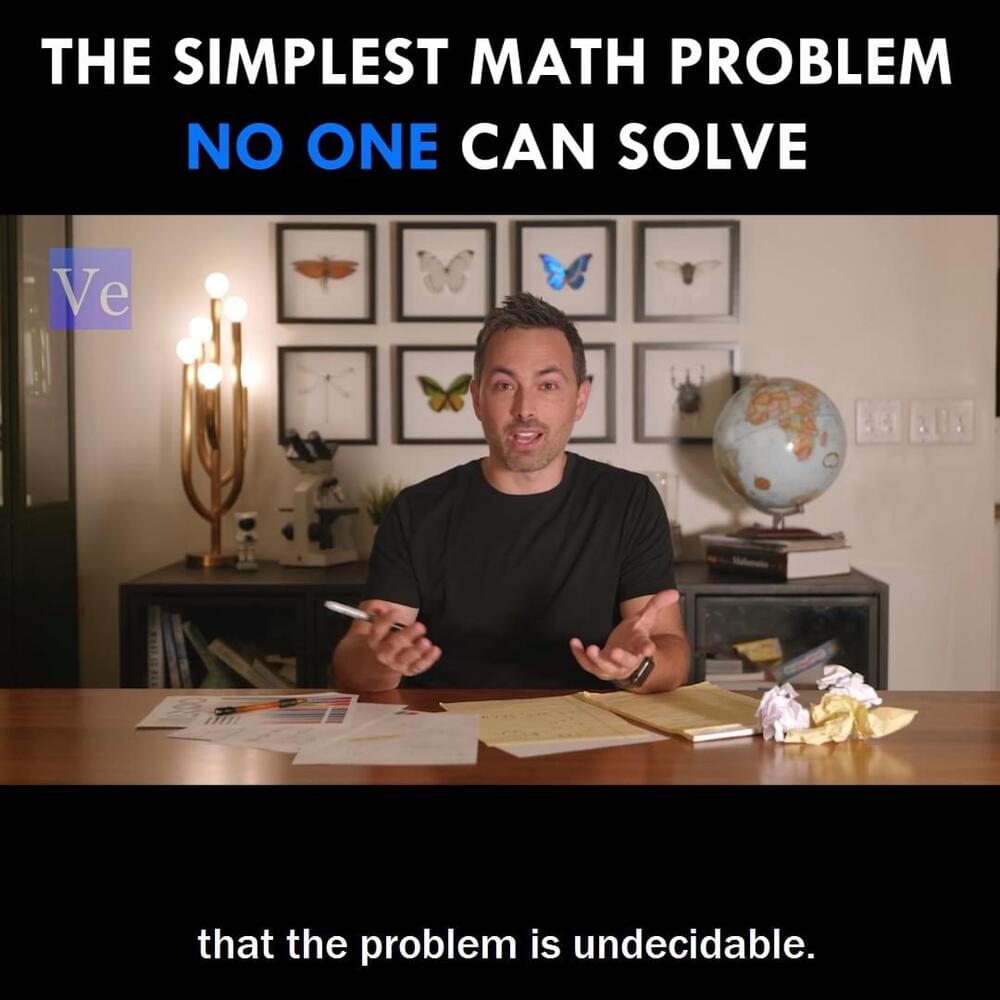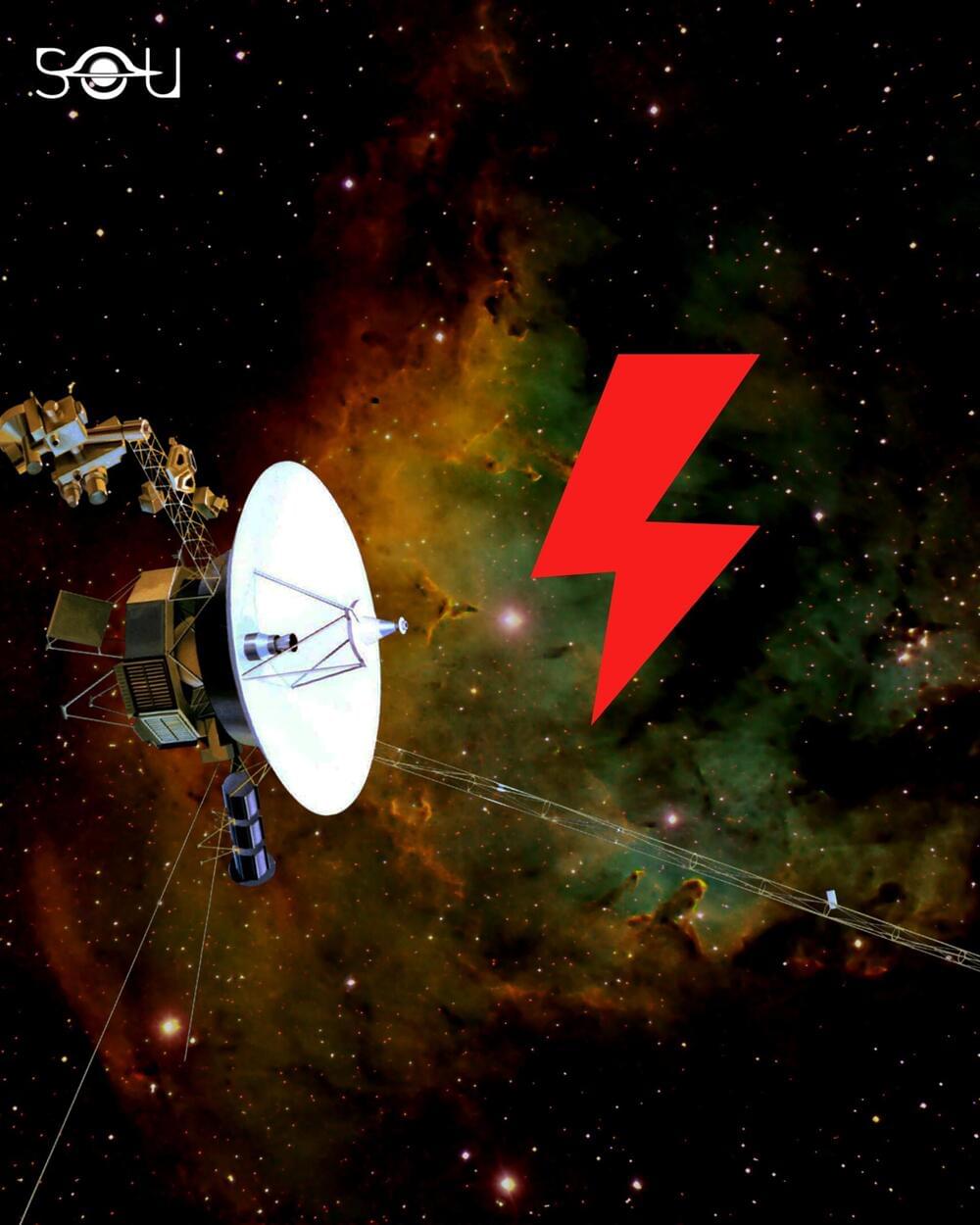A report by cybersecurity firm Binarly points to the detection of 16 critical vulnerabilities in various implementations of Unified Extensible Firmware Interface (UEFI), present in multiple HP enterprise devices. According to the researchers, threat actors can exploit these flaws to implant firmware capable of evading UEFI Secure Boot, Intel Boot Guard, and virtualization-based security measures.
Get the latest international news and world events from around the world.
3 XSS vulnerabilities in IBM Security QRadar SOAR: Update immediately
Cybersecurity specialists reported the detection of multiple vulnerabilities in IBM Security QRadar SOAR. According to the report, successful exploitation of these flaws would allow the deployment of severe attack scenarios.
Below are brief descriptions of the reported flaws, in addition to their tracking keys and scorings assigned according to the Common Vulnerability Scoring System (CVSS).
CVE-2021–41182: The insufficient sanitization of values passed as the ‘altField‘ option of the Datepicker widget would allow remote attackers to inject and run arbitrary JavaScript code in affected users’ browsers.
1 out of 3 WordPress plugins does not receive security updates; millions of websites at risk
A report specialized in WordPress security points to a 150% increase in reported flaws during 2021 compared to the previous year, in addition to establishing that almost 30% of the vulnerabilities detected in plugins for WordPress do not receive updates.
Since this is the most widely used content management system (CMS) in the world, this should be a worrisome issue for tens of millions of website administrators.
According to Patchstack specialists, of all the flaws reported in 2021, only 0.58% resided in the WordPress core, while the rest affect themes and plugins created by dozens of developers. In addition, about 92% of these flaws are in free plugins, while paid plugins were affected by 8.6% of the failures reported last year.

Critical Security Patches Issued
Microsoft’s Patch Tuesday update for the month of March has been made officially available with 71 fixes spanning across its software products such as Windows, Office, Exchange, and Defender, among others.
Of the total 71 patches, three are rated Critical and 68 are rated Important in severity. While none of the vulnerabilities are listed as actively exploited, three of them are publicly known at the time of release.
It’s worth pointing out that Microsoft separately addressed 21 flaws in the Chromium-based Microsoft Edge browser earlier this month.



The Incident Response Plan — Preparing for a Rainy Day
Just as it wasn’t raining when Noah built the ark, companies must face the fact that they need to prepare — and educate the organization on — a well-thought-out response plan if a successful cyberattack does occur. Obviously, the worst time to plan your response to a cyberattack is when it happens.
With so many companies falling victim to cyberattacks, an entire cottage industry of Incident Response (IR) services has arisen. Thousands of IR engagements have helped surface best practices and preparedness guides to help those that have yet to fall victim to a cyberattack.
Recently, cybersecurity company Cynet provided an Incident Response plan Word template to help companies plan for this unfortunate occurrence.

The Simplest Math Problem No One Can Solve
Multiply an odd number by an odd number and then add 1 always gives an even number.
Divide an even number by 2 gives an odd number half of the time and an even number half of the time.
Therefore these formulae leans towards even numbers as the output and hence if you do the calculation enough times, you will eventually end up in the 4−2−1 loop.

Deep Learning Is Hitting a Wall
Brain Scans of 1. rat, 2. crow, (both completed by end of 2022) ; 3. pig, 4. chimp, (both completed by end of 2023) 5. ending on human, (completed by end of 2025). While we create an AI feedback loop, to use best AI to build better AI s, all at same time. Aiming for Agi 2025–2029.
What would it take for artificial intelligence to make real progress?